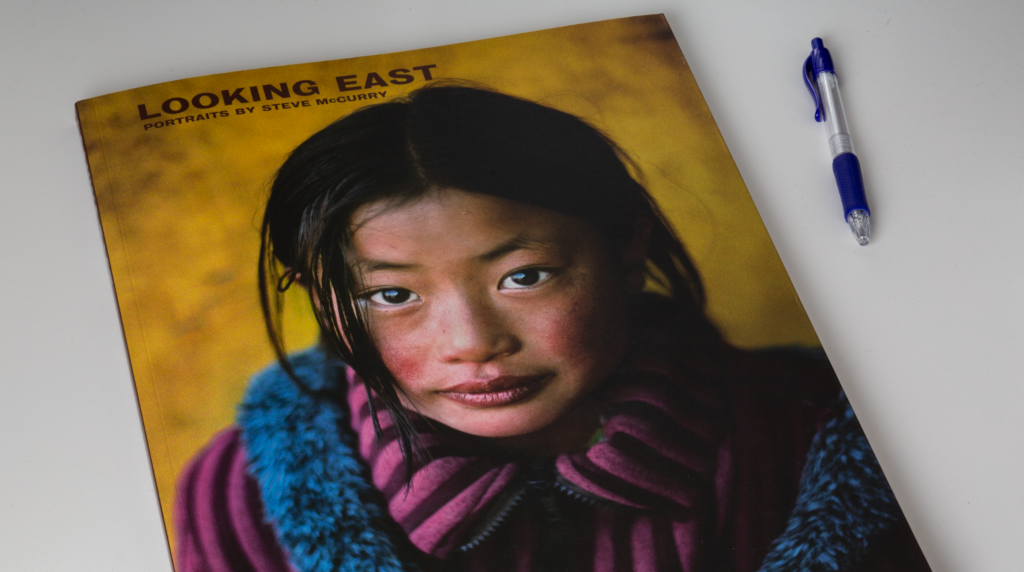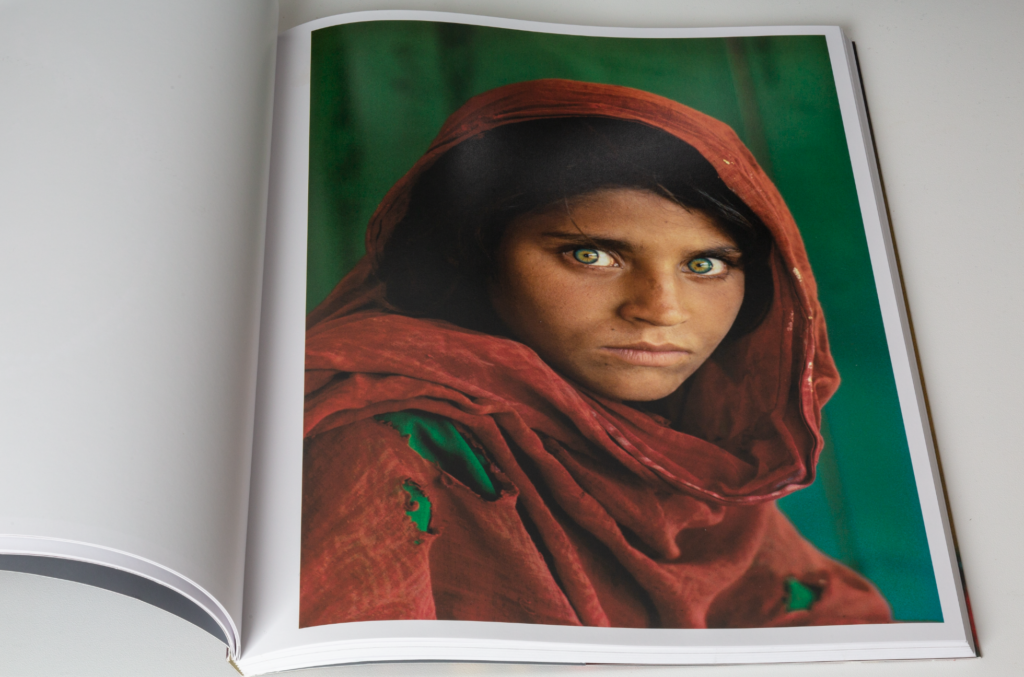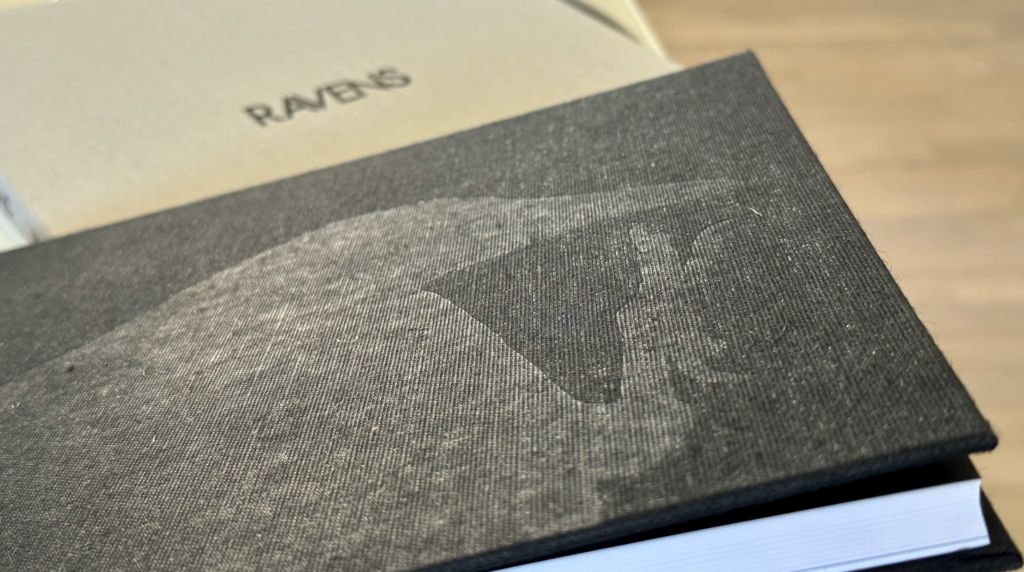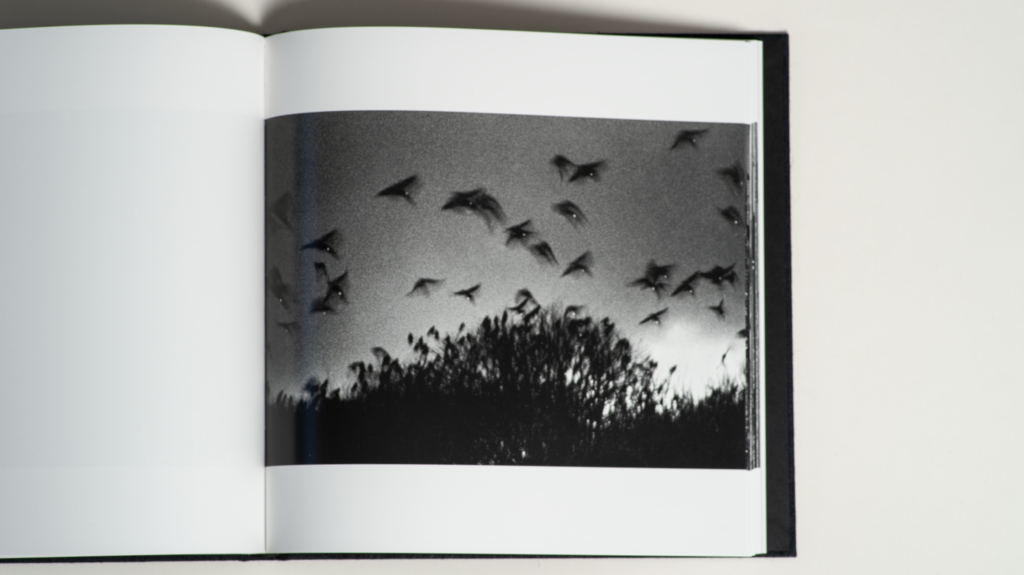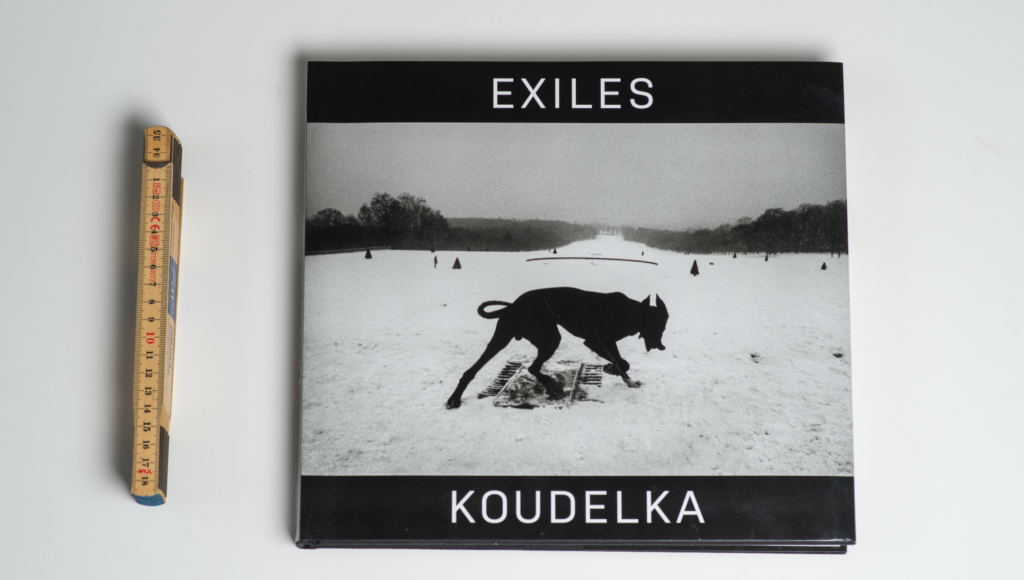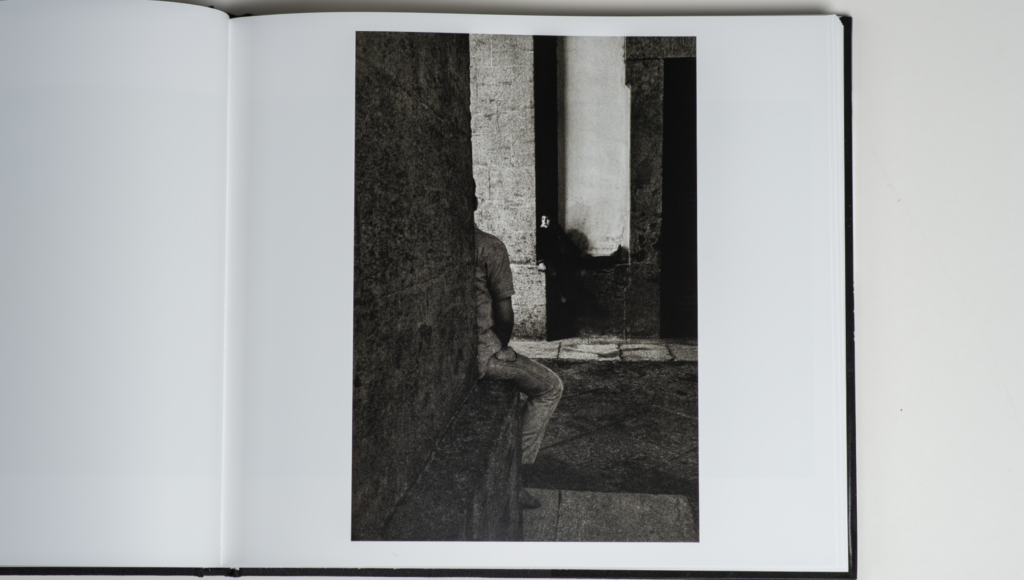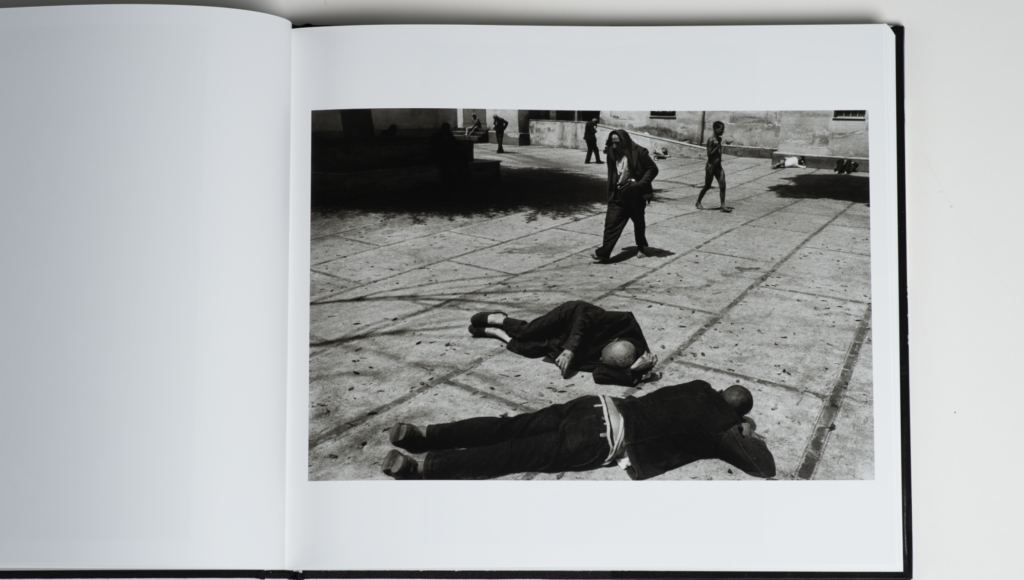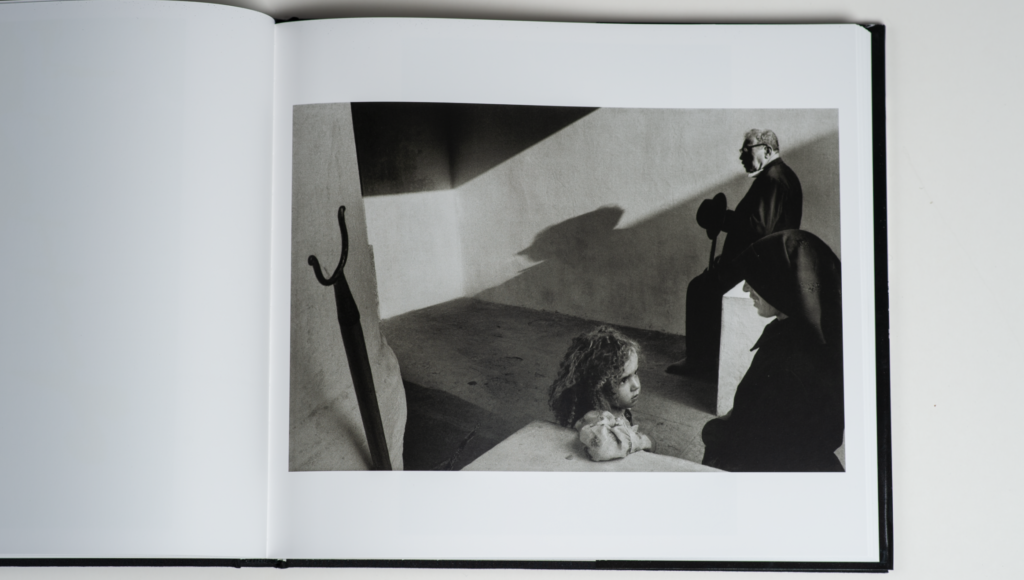Swiss-born photographer Robert Frank on the cover page of his book “In America” is quoted for saying: “Across the USA, I have photographed with these ideas in mind: to Portray Americans as they live at present. Their everyday and their Sunday, their realism and dream. The look of their cities, towns and highways”.
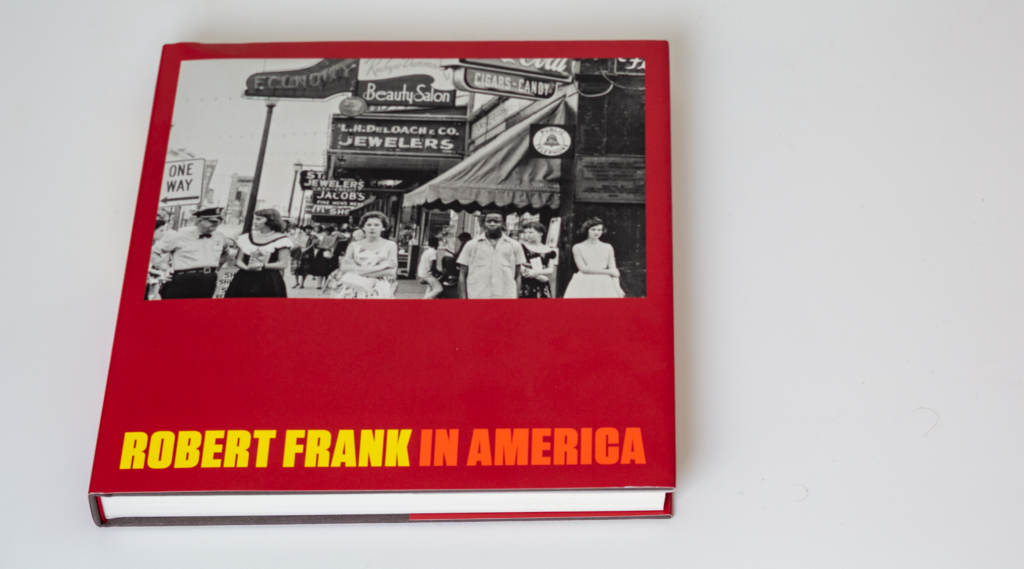
Many big words – both praising and criticising Franks work – have been written about this book, but I stick to Frank’s simple description of his work done during his travel across America. Then I let others decide if this truly is a landmark in photographic history or a touchstone of American identity.
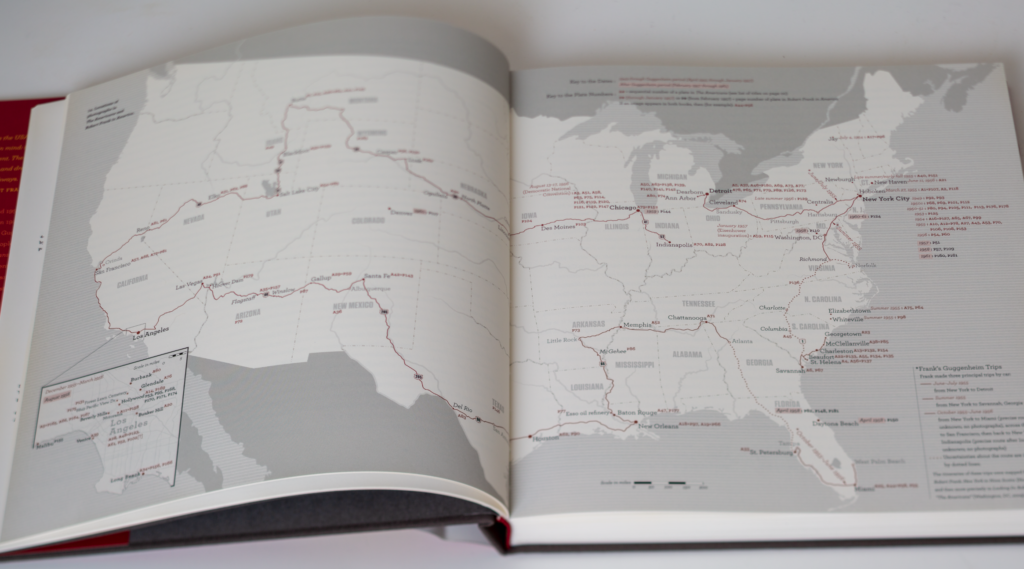
What strikes me as a photographer looking through the black and white images of this book is Frank’s extraordinary visual talent. And for me this is a source of inspiration that I can visit again and again. Seeing Franks work really makes me want to be a better photographer – not in the same way as the playfulness of Saul Leiter or the clean compositions of Henri-Cartier Bresson, no, it is a visual talent where the compositions are very natural and – for the lack of a better word – non-composed.
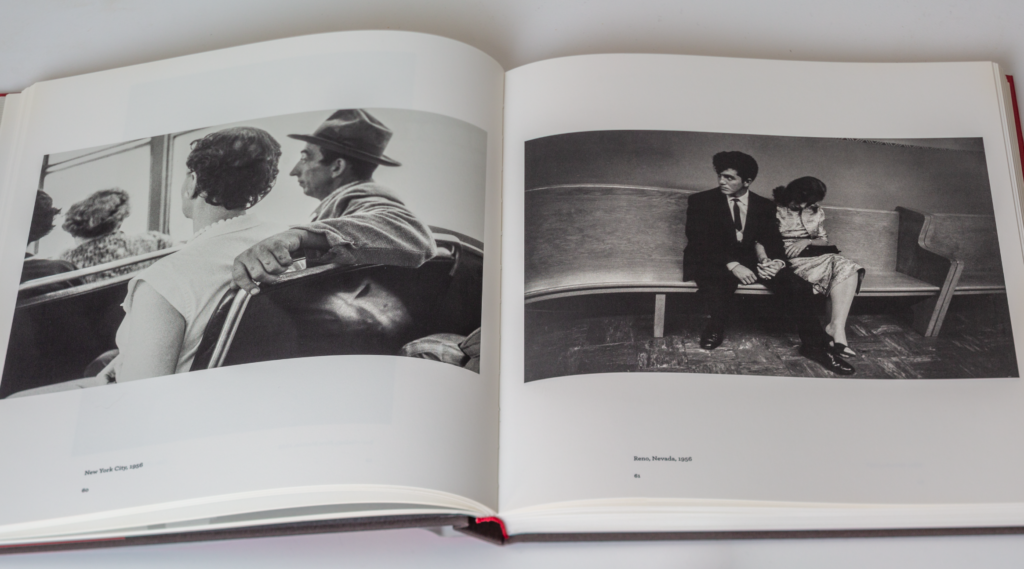
Some of his images I can study again and again and still find new nuances and details; new inspiration and the work of a natural talent. It is difficult for me to asses if you will feel the same way, but if you are looking for inspiration from one of the best photographers of all time, this book may be just what you need.
Further reading
Review: Henri Cartier-Bresson Here and Now, by Clément Chéroux
Review: The Unseen Saul Leiter by Margit Erb & Michael Parillo

